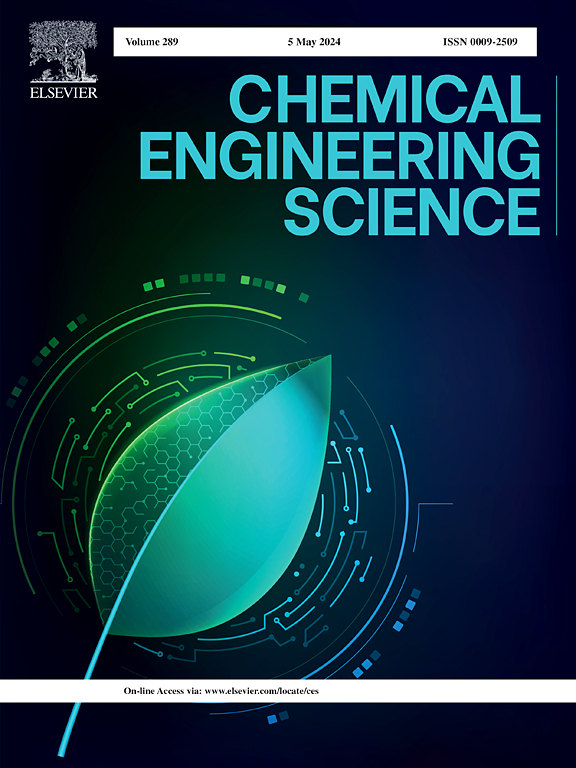Coordination Engineering of Pd nanoclusters for highly efficient electrocatalytic conversion of nitrate to ammonia
IF 4.1
2区 工程技术
Q2 ENGINEERING, CHEMICAL
引用次数: 0
Abstract
How to achieve high energy efficiency ammonia (NH3) synthesis is an important subject in energy industry. The traditional Haber-Bosch process demands high energy consumption and high CO2 emissions, so electrochemical reduction of nitrate selectivity for NH3 under ambient conditions offers a promising solution. In this study, the average size of palladium nanoclusters was ∼ 0.5 nm, and in order to obtain high NH3 activity and selectivity simultaneously, palladium nanoclusters with different ligands were designed. The experiments demonstrated that the Pd-P coordination endows the supported Pd nanoclusters highest ammonia Faraday efficiency of 92.8 % and ammonia yield 1329.4 mmol h−1 gcat-1. To decipher the ligand coordination effect on the catalytic performance, advanced techniques and theoretical analyses were applied for clarifying the reaction pathways and illustrating the role of electronegative P in facilitating NH3 production.


钯纳米团簇配位工程用于硝酸盐到氨的高效电催化转化
如何实现高能效氨合成是能源工业的一个重要课题。传统的Haber-Bosch工艺要求高能耗和高二氧化碳排放,因此在环境条件下电化学降低硝酸盐对NH3的选择性提供了一个很有前途的解决方案。本研究中钯纳米团簇的平均尺寸为 ~ 0.5 nm,为了同时获得高的NH3活性和选择性,设计了不同配体的钯纳米团簇。实验表明,Pd- p配位使负载的Pd纳米团簇氨法拉第效率最高,达到92.8 %,氨收率为1329.4 mmol h−1 gcat-1。为了解释配位对催化性能的影响,采用先进的技术和理论分析来阐明反应途径,并说明电负性P在促进NH3生成中的作用。
本文章由计算机程序翻译,如有差异,请以英文原文为准。
求助全文
约1分钟内获得全文
求助全文
来源期刊

Chemical Engineering Science
工程技术-工程:化工
CiteScore
7.50
自引率
8.50%
发文量
1025
审稿时长
50 days
期刊介绍:
Chemical engineering enables the transformation of natural resources and energy into useful products for society. It draws on and applies natural sciences, mathematics and economics, and has developed fundamental engineering science that underpins the discipline.
Chemical Engineering Science (CES) has been publishing papers on the fundamentals of chemical engineering since 1951. CES is the platform where the most significant advances in the discipline have ever since been published. Chemical Engineering Science has accompanied and sustained chemical engineering through its development into the vibrant and broad scientific discipline it is today.
 求助内容:
求助内容: 应助结果提醒方式:
应助结果提醒方式:


